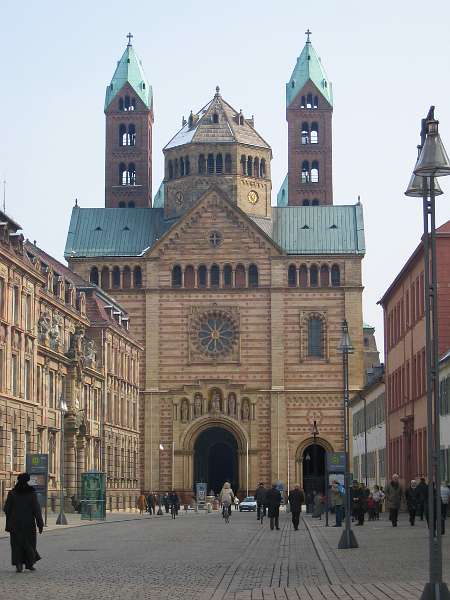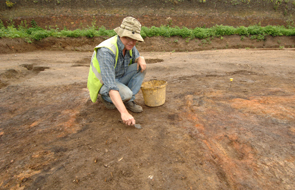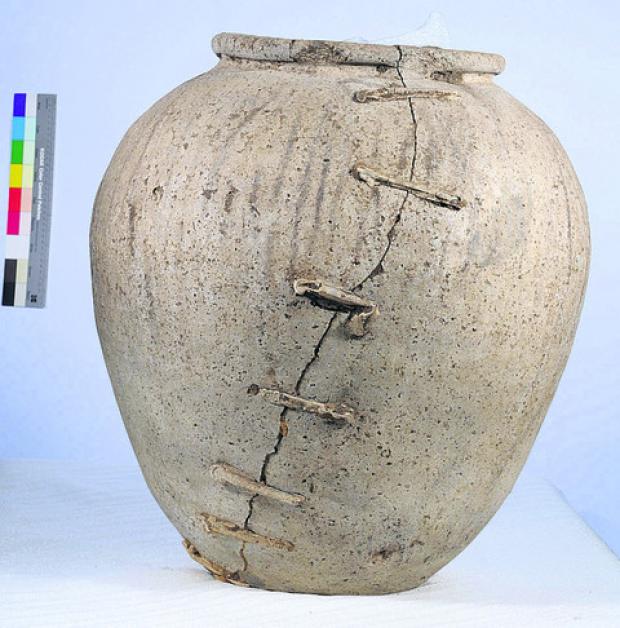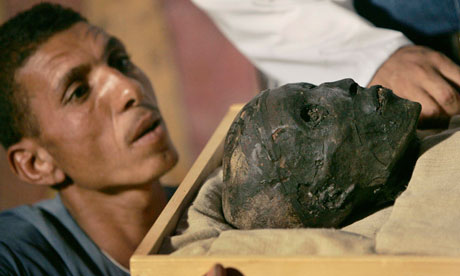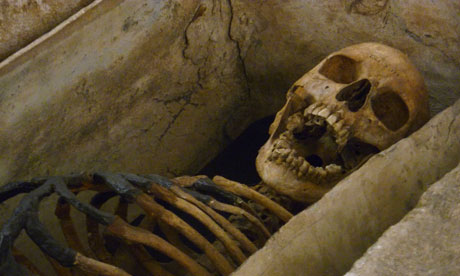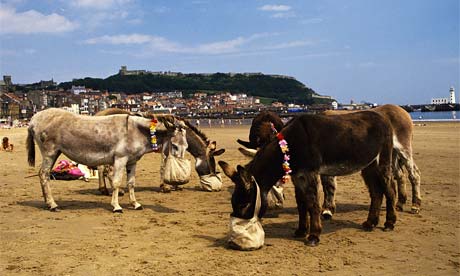Windmill Hill, a large Neolithic causewayed enclosure in Avebury, was
previously thought to be built circa 3700 - 3100 BC, but with the
breakthrough achieved through the scientific dating project conducted by
English Heritage and Cardiff University, it is now revealed that it was
constructed in 3700 - 3640 BC – narrowing the span from six centuries
down to six decades. Image: English Heritage Photo Library
A five-year collaborative
project between Cardiff University and English Heritage that aims to
construct a more precise chronology of Neolithic civilisations in Europe
has just been awarded €2.5M from the European Research Council.
The Times of Their Lives, led by Professor Alasdair Whittle of the
and Dr Alex Bayliss of English Heritage builds on the ground-breaking
success of combining expertise in Neolithic archaeology and Bayesian
statistical analysis in mapping a precise chronology of causewayed
enclosures, a type of early Neolithic earthwork, in Britain.
A revolutionary new technique
Causewayed enclosures are known prehistoric features, but up to now
it has been thought that they spread slowly across Britain over five
centuries. Using the new technique, Professor Whittle and Dr Bayliss
have already shown that this new class of huge monuments spread rapidly
all over southern Britain in a short span of 75 years, starting from the
Thames Estuary through Kent and Sussex, and then west, on an intense
scale that was not apparent before. The new knowledge that this happened
in a flurry within two to three generations has revolutionised the way
prehistory is understood and studied in Britain, and has prompted wide
interest around the world.


